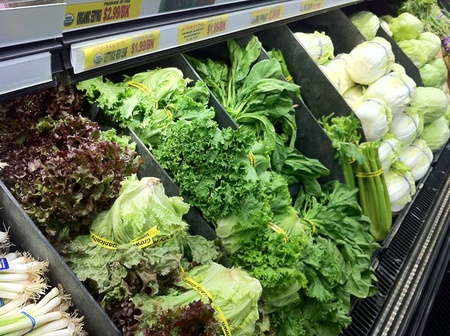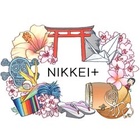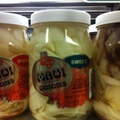Opening of Japanese Supermarket in San Diego
Today, we can find Japanese food in some supermarkets across America. In big cities, it’s not so difficult to get different kinds of Japanese food such as Japanese seafood, meat, seasonings and snacks. Especially if you go to a Nikkei supermarket, you can find a whole variety of food products – the exact things that you can get in Japan. Nijiya Market is one of the Nikkei supermarkets in America, which has expanded its business from California.
In 1986, Nijiya Market opened its first store in San Diego. Currently, it has 13 stores in three states: California, New York and Hawaii. When they first opened, there weren’t many Japanese food products available for Japanese people, and they started the business with strong determination to spread the great taste of Japanese food to people all over the world.
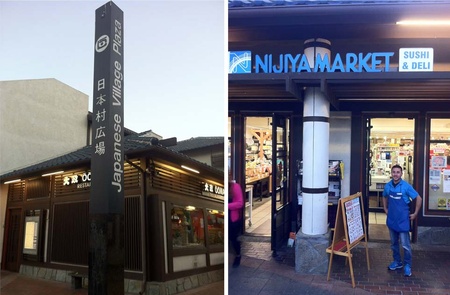
History of shokuiku activities at Nijiya Market
Introducing the Japanese food culture in Gochiso (Gourmet) Magazine
Nijiya Market publishes a quarterly magazine called “Gochiso Magazine” four times a year. In this magazine, which has been out there since the opening of their business, not only do they introduce their own products but they feature recipes of Japanese dishes and the history of Japanese food culture as well.
For example, in a feature article about Japanese sweets, they offer information about matcha (powder green tea), its ingredients and effects on health and introduce some recipes of Japanese sweet desserts that use matcha, rice flour and red bean paste. For the New Year’s holidays, they feature osechi dishes and educate readers on Japanese food with information about why osechi dishes are eaten during the New Year’s holidays, their significance and history.
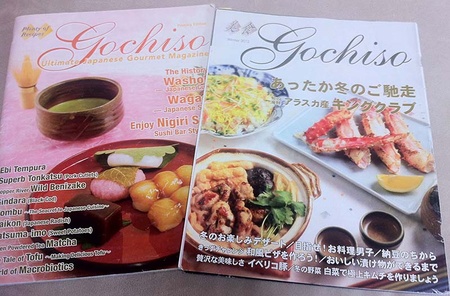
Introducing Nijiya Organic Farm
New shokuiku activities of Nijiya Market
Currently, Nijiya Market is taking part in a new form of shokuiku activities, different from the ones that introduce the Japanese food culture. To be more specific, it’s a series of shokuiku activities of cultivation and sales of organic vegetables.
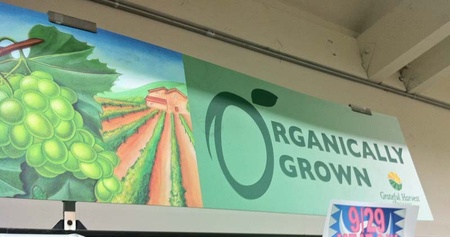
At Nijiya Market, you can find organic vegetables on sale, which are grown in their own farm in San Diego with minimum use of pesticides harmful to human body. In addition, they also develop and sell original food products such as Japanese sweets that use vegetables and fruits harvested at Nijiya Farm. In this way, they are spreading a new form of shokuiku activities, while passing on the Japanese food culture, in which they introduce healthy ways of growing crops and show vegetables and fruits in product forms.
It’s no surprise that they are taking this new approach now. For the past decade, Nijiya Market has been involved with such activities with the strong belief of its founder – We want to make contributions to communities through tasty and healthy Japanese food – since the opening of their first store in San Diego.
Through their business operation in America, they have achieved to raise the profile of Japanese food, reaching out not only to Nikkei communities but people all around the world, especially in Asian countries such as China and Korea. This new form of shokuiku activities helps each community build a better lifestyle by introducing ways to care for their health and eating habits in such a multi-racial, multi-national, multi-lingual land of America.
The activities of Nijiya Market are expected to evolve more, as a new form of shokuiku so uniquely produced by a Nikkei supermarket which has the ability to surpass all boundaries of language, tradition and race. Taking a step further from being a means of passing on the Japanese food culture, their new shokuiku activities are a great approach to help community members live a healthy life with Japanese food, and we hope that they will continue the work in the future.

© 2013 Asami Goto


